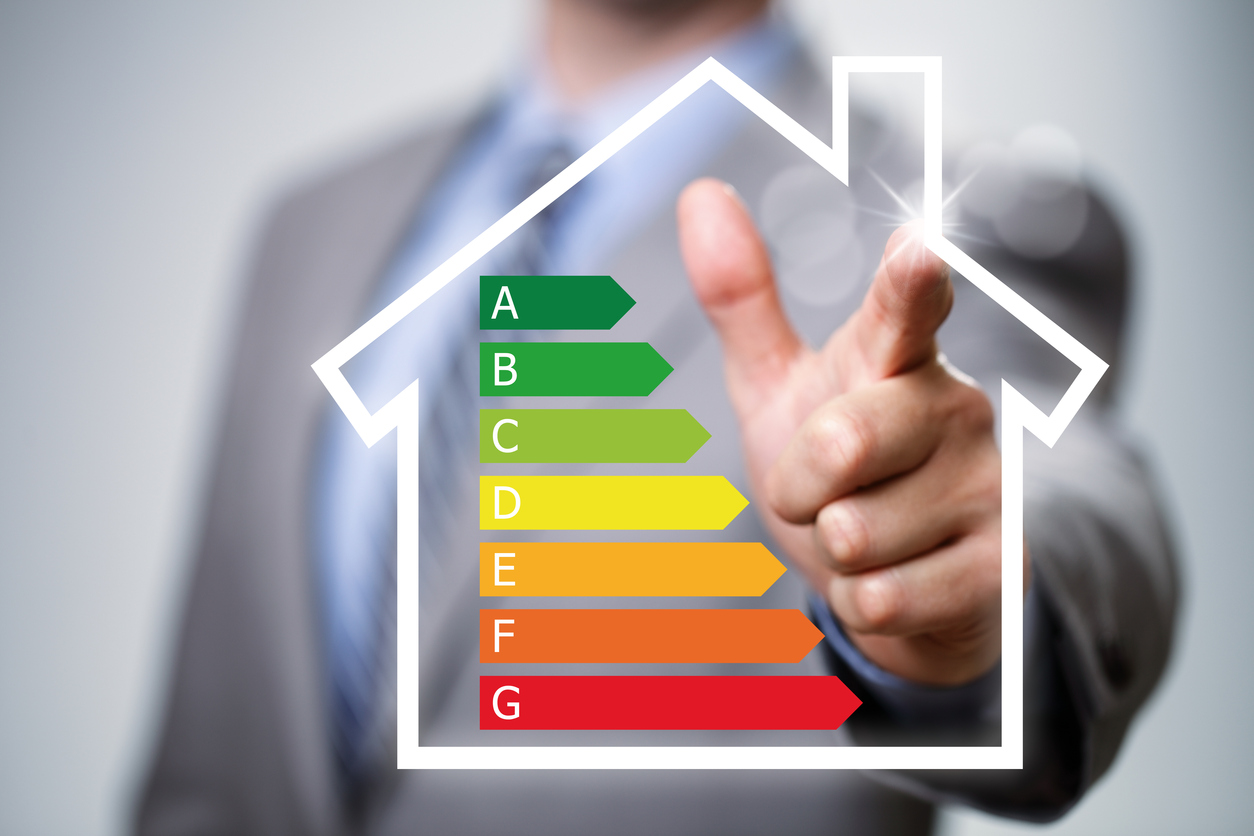
Do you know how vertical geothermal energy works?

superadmin
April 4, 2017
Types of geothermal installations: vertical geothermal energy
By using a heat pump, we connect our house with geothermal energy, and by using a heat exchanger, a heat exchange is achieved between the cold air from the surface and the hot air coming from the underground. Once this exchange is made, we have hot air to supply to the heating system of our house, either through radiators or underfloor heating.Depending on the capture system, we can distinguish three types of geothermal installations:
Horizontal capture system: the installation is placed close to the surface, between 1 and 2 meters deep. This affects its operation as it is influenced by fluctuations in ambient temperature. This system requires a large surface area on the ground, thus increasing the risk of rupture in the probes. Its use is recommended when connected to installations that operate with low power.
Vertical capture system: a drilling is used that reaches a depth of between 50 and 200 meters. This depth allows the system to operate without being affected by the ambient temperature outside. The surface area used is much smaller. The performance coefficient COV of vertical geothermal energy is higher than that of horizontal geothermal energy.
Open capture system: it consists of an open collector with two water intakes, one that pumps water from an aquifer (which is why it is also called groundwater capture) and another that reinjects it. Knowledge of the hydrogeological properties of the water capture level is necessary to avoid its reaction with the metallic parts of the exchangers.
Just as most renewable energies originate from the Sun, such as wind energy and solar energy, geothermal energy on the other hand, originates from the temperature differences between the interior of the Earth and the surface. This thermal gradient varies between 2°C and 4°C as we go 100 meters into the Earth's interior. For this reason, it is necessary to conduct studies of the Earth's surface to locate places where the temperature is higher. These are called geothermal reservoirs that can be found in areas where there are breaks in tectonic plates, or where some type of seismic or volcanic activity occurs.
If you want to learn more about the concept of geothermal energy, we recommend this video
Types of geothermal reservoirs
Four types of reservoirs are distinguished.High-temperature reservoirs: there exists a heat source where the fluid is stored at 100°C. This source is surrounded by a permeable rock, which in turn is surrounded by a layer of rocks that have fractures.
Low-temperature reservoirs: are reservoirs whose temperature is between 100°C and 60°C.
Very low temperature reservoirs: their temperature is between 15°C and 60°C.
Hot rock reservoirs: these are rocks that are found at a depth of between 5 and 8 km underground.

Siber Ventilation
Related posts



